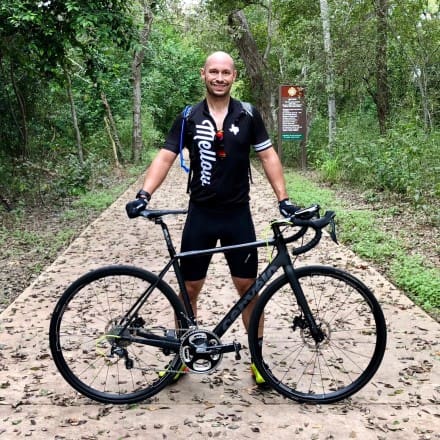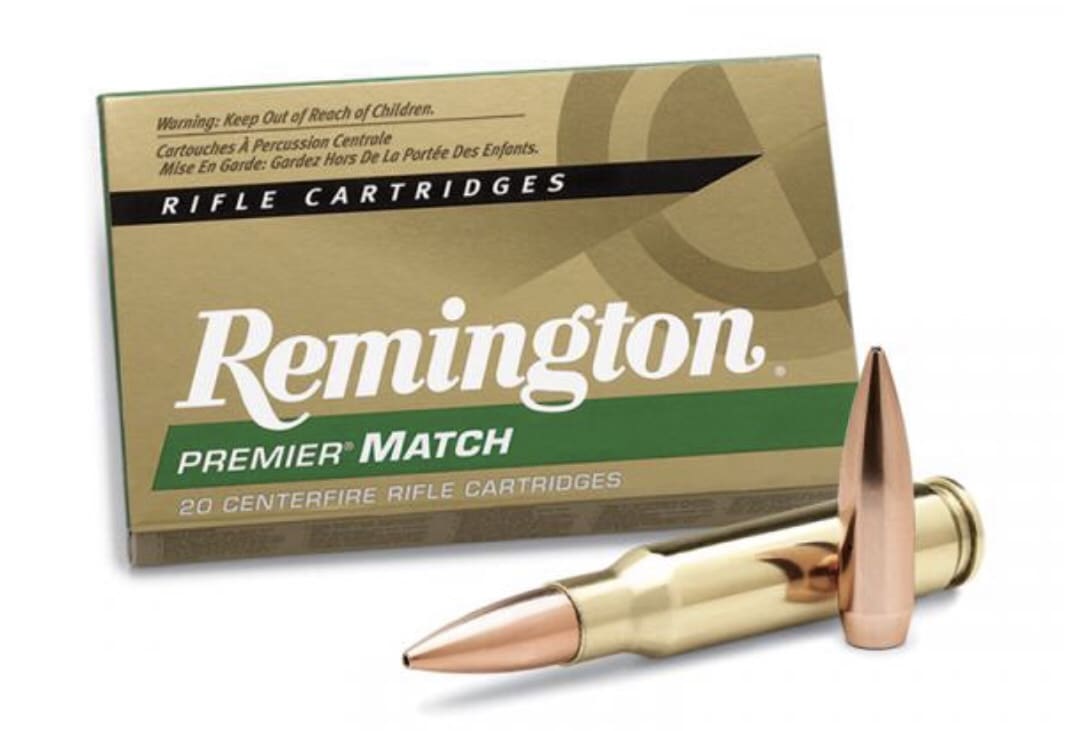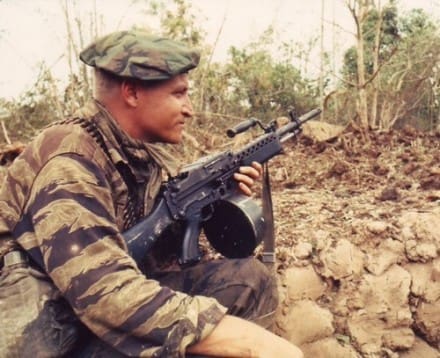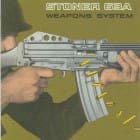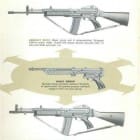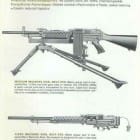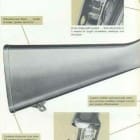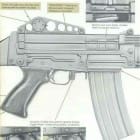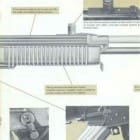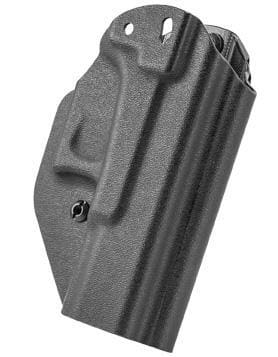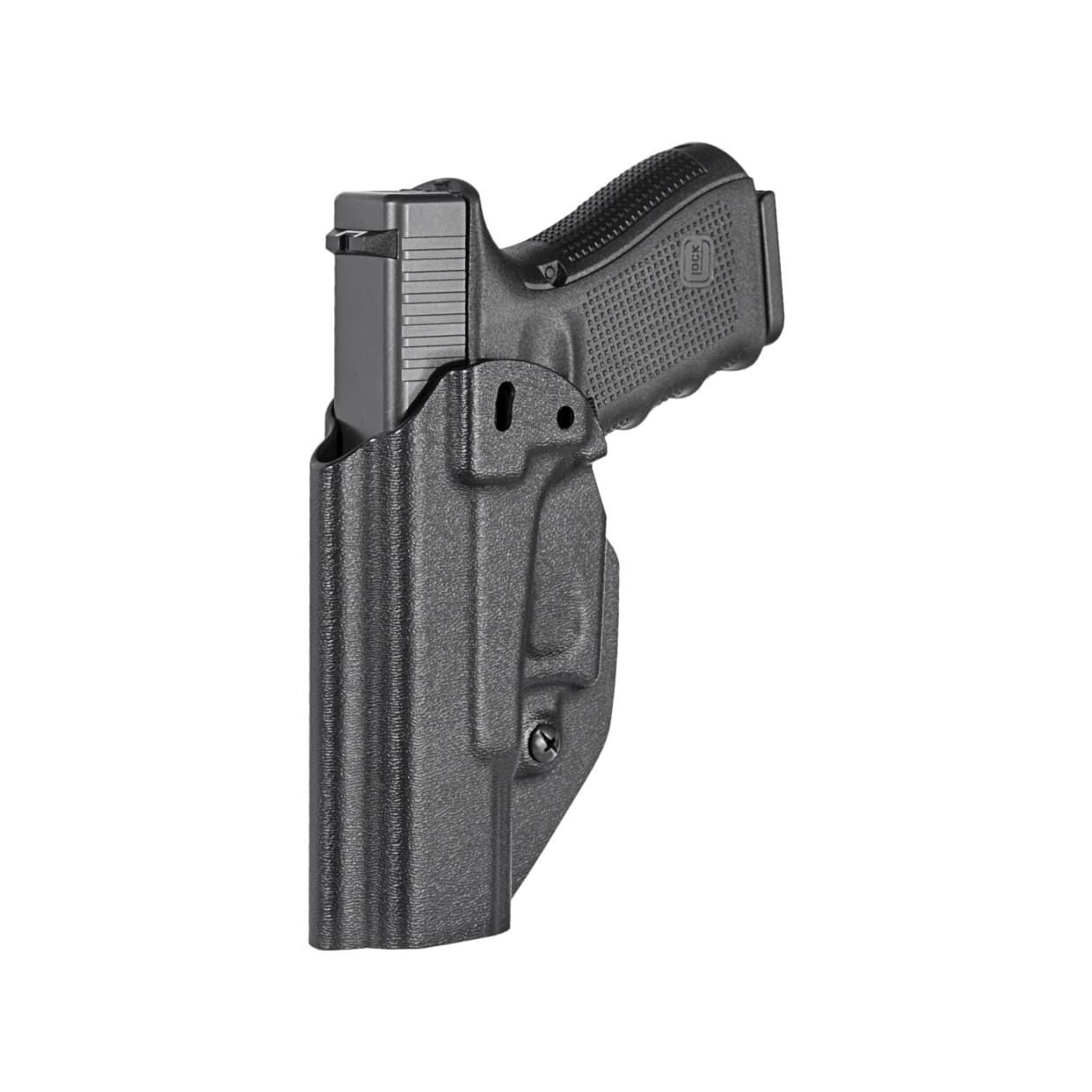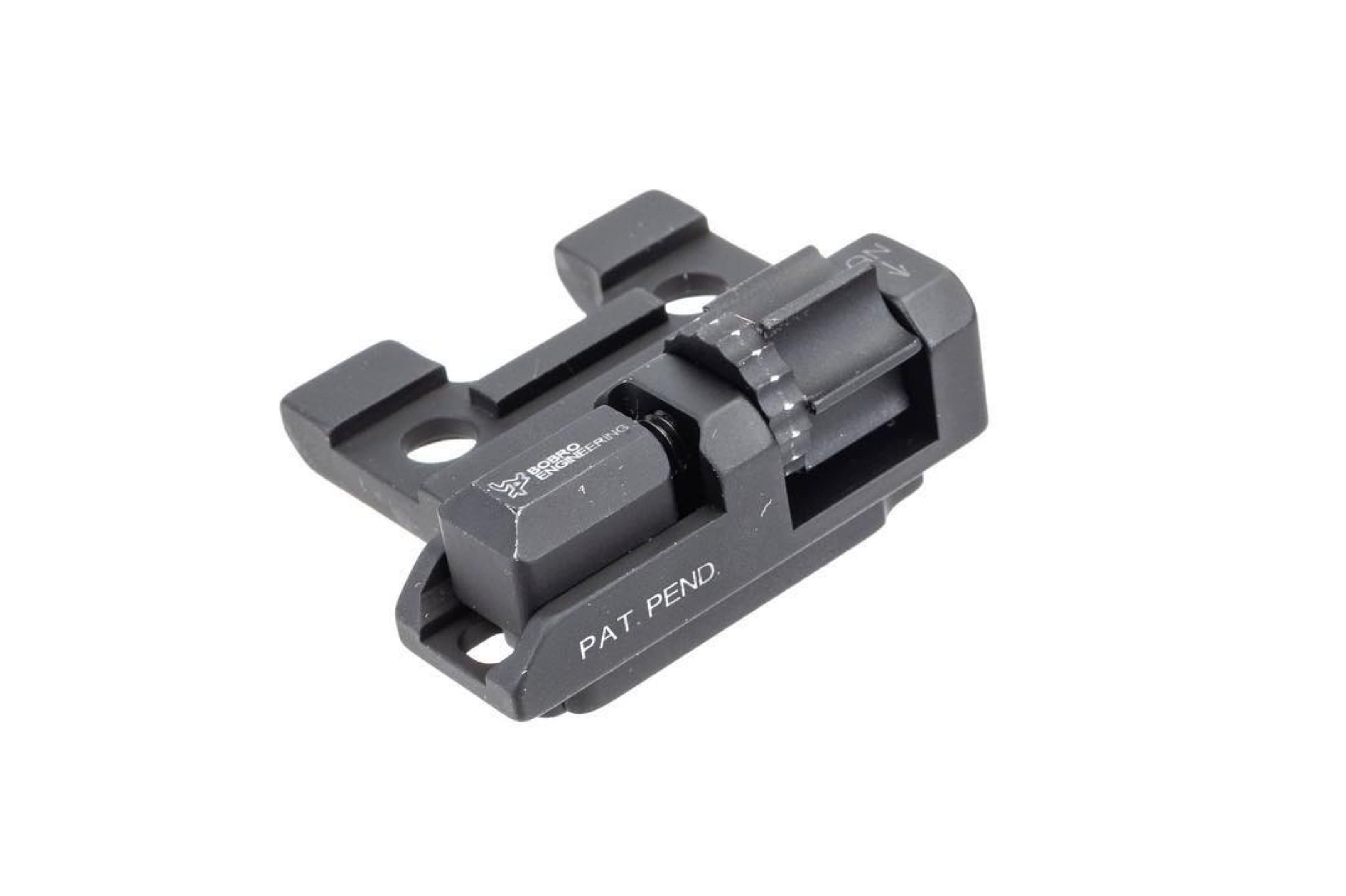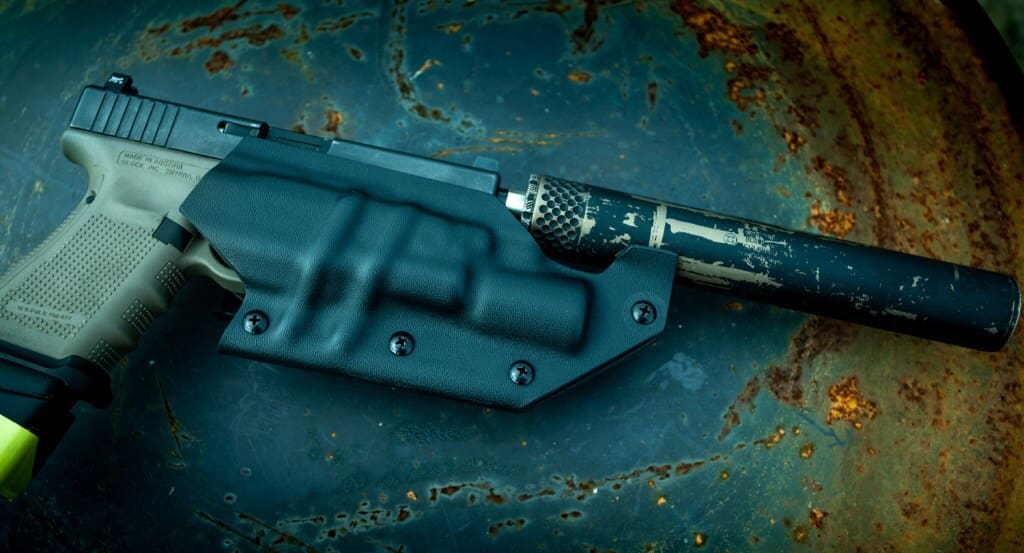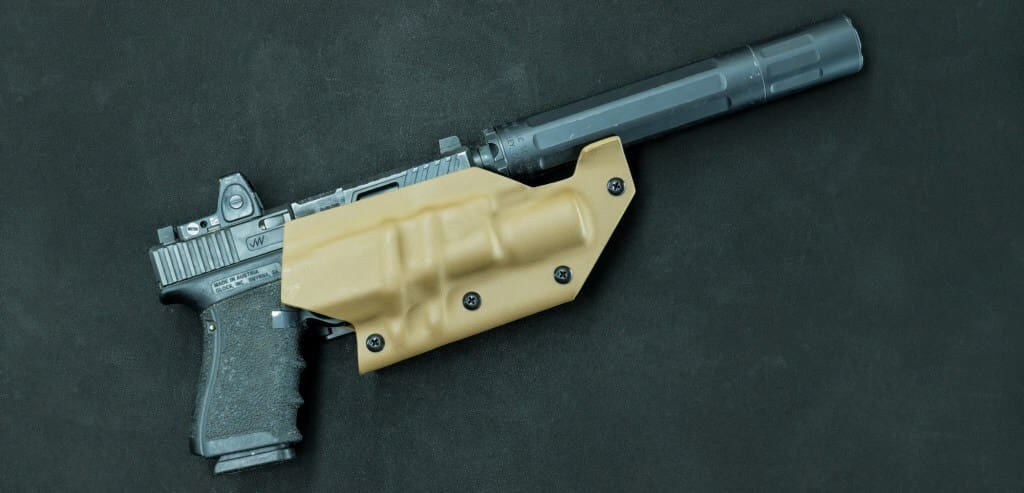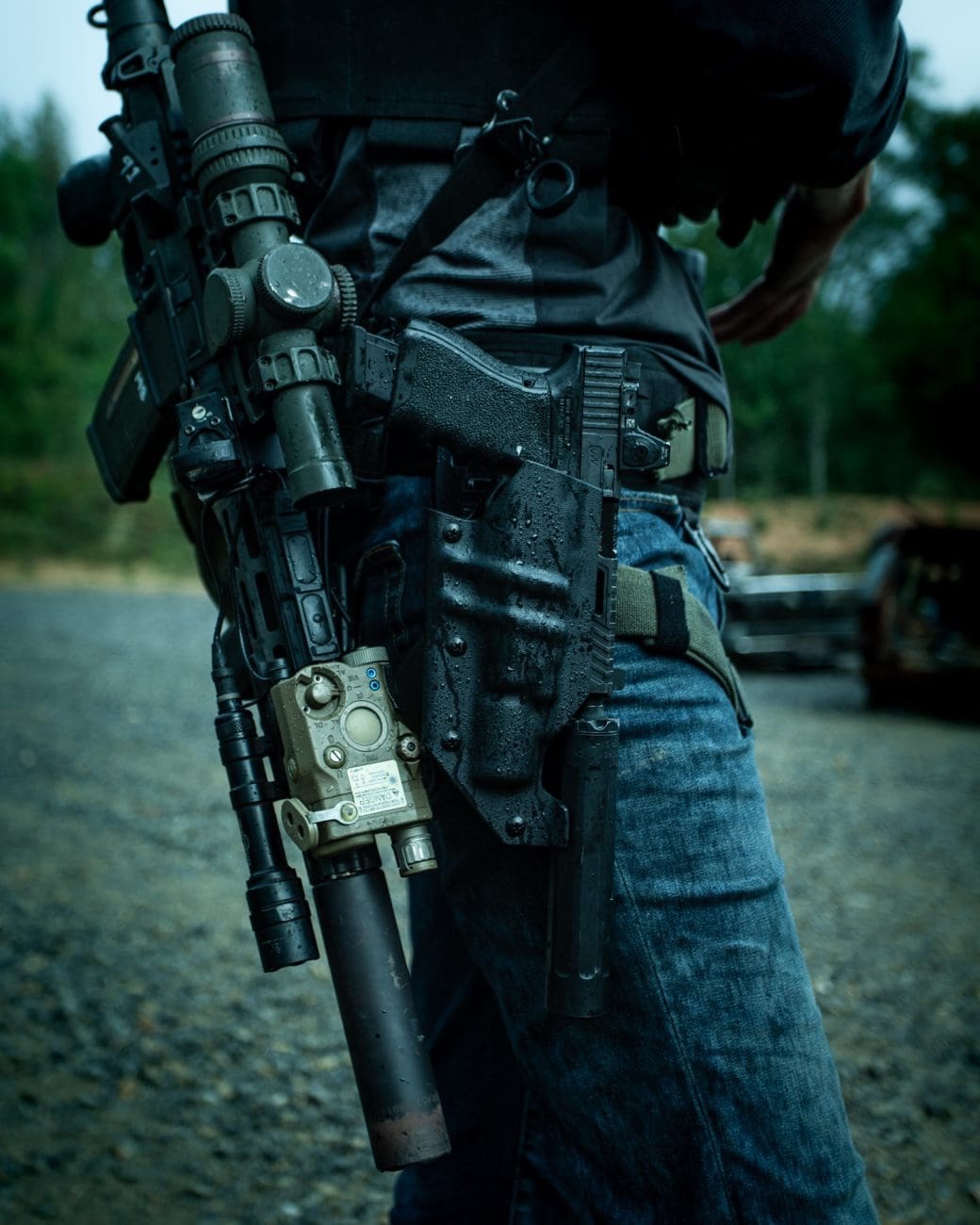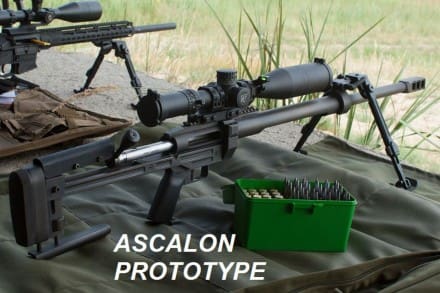San Antonio based Wounded Warrior, Adam Mattis, is bringing bicycle manufacturing back to the U.S., and aims to reclaim Tour de France glory for the USA.
SAN ANTONIO, TEXAS, October 17, 2018 –Strategy Consultant, and Wounded Warrior, Adam Mattis, has big goals. How big? Mattis not only intends to manufacture carbon fiber race bicycles in Texas, but he intends to put an American athlete on the podium of Tour de France in 2029, riding one of his bikes.
“We have so many amazing athletes, skilled people, and technological expertise in the US”, says Mattis, “it is borderline lazy to build anywhere else.”
Beyond the great people and knowledge, South Texas also has technological know-how: “..3D printing, small-batch manufacturing, direct-to-consumer customization: the customer has never seen anything like what we’re planning.”
Valor Cycles intends to apply the same skills and principles that Mattis has applied successfully within Fortune 100 companies and startups to the cycling company. In addition to his own knowledge, Mattis has enlisted an all-star cast of advisors to include Ben Verner of Marolina Outdoor, Nick Rowley of Idea Distribution, marketing guru Stef Peterson, innovation phenom Justin Klahn, design visionary Seth Archer, contracting expert Amy Hicks, and others to help keep Valor on track.
“It is all about fast, integrated learning cycles. We won’t get suckered into one design for years on end. We are reinventing the process around carbon manufacturing, we will build amazing product for our customers, and we will care for them like no other.”
Mattis and his team are first focused on reinvigorating America’s passion for road cycling, but they won’t stop there.
“The sky is the limit” says Mattis “I have learned hard lessons through my work as a consultant, and I will apply each one to Valor Cycles. We’re coming after the Tour de France. We are coming after the big, well-known brands, and after we win there, we are coming after full-suspension.”
After the exodus of cycle manufacturing to Asia, it will take impassioned innovators like Mattis and the Valor Cycles team to bring excitement, authenticity, and a competitive American edge back to cycling.
“Yea, it’s going to be hard, but that’s why we’re doing it. Those hard-fought victories are the sweetest of all.” To learn more please visit www.ValorCycles.com.
For investment inquiries, please email: info@valorcycles.com.


